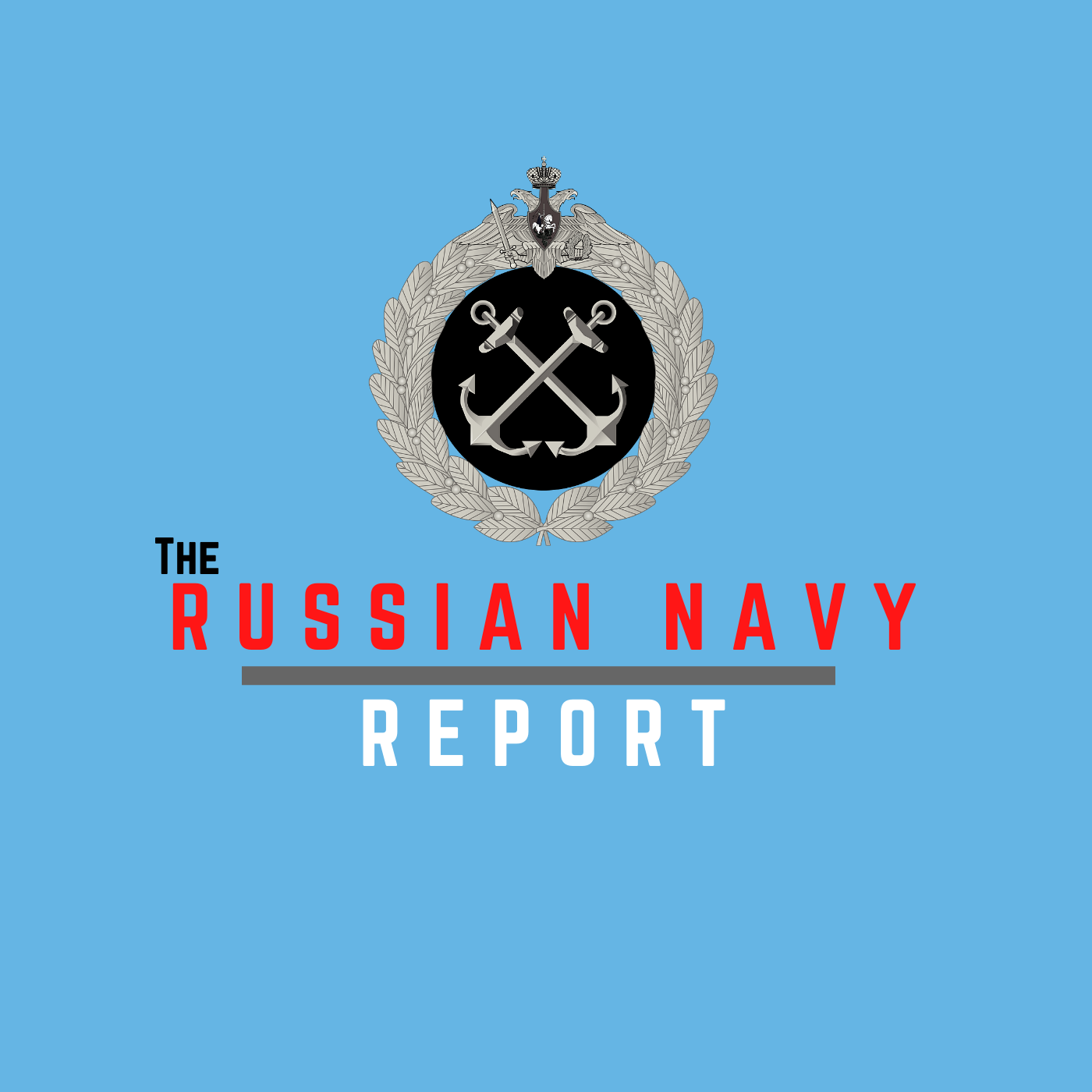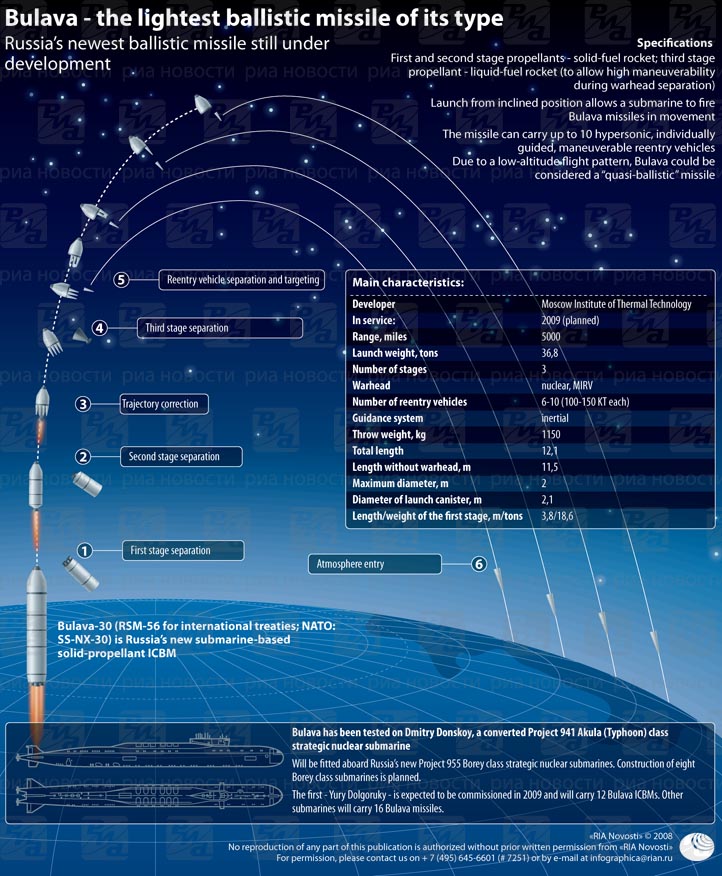Caspian Flotilla
I hope that everyone had a wonderful weekend. Today in the US is Memorial Day. Take a moment to remember those who have given their lives so that others could remain free.
Now as I promised on Friday we will cover the Caspian Flotilla of the Russian Navy. This flotilla is probably the most forgotten about unit in all of the Russian Navy. They don't have the big ocean-going ships or submarines that carry nuclear tipped missiles.

What they do have is a very important mission. The Caspian Sea is bordered by five countries, and is very important economically to all of those nations. It is the mission of the Caspian Flotilla to protect these economic interests for Russia. It is also tasked with stopping smuggling of narcotics into Russia.
The Caspian Flotilla is one of the oldest units in the Russian Navy and was established in 1704 in the city of Kazan by order of Tsar Peter the First (Later known as the Great).
Units from the Caspian Flotilla served in the Great Patriotic War (World War Two in the West). During the Soviet era this unit was largely forgotten, and was used for testing new units.
Today the Caspian Flotilla is expanding and receiving new units. If you want to know more of the history of the Caspian Flotilla here is a good write-up from the Russian Ministry of Defense.











